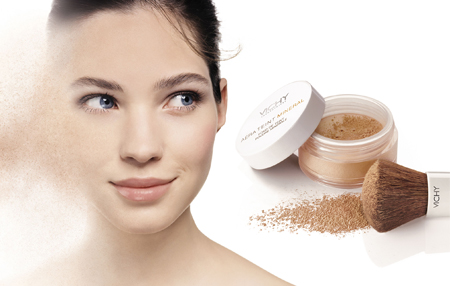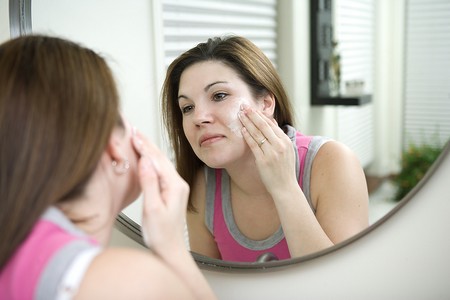Best Way to Understand Cosmetics and Allergies
Cosmetics, or toiletries, include soap, shampoo, toothpaste, skin cleansers and moisturizers, eyeshadows, lipsticks, nail varnishes, hair colorants and styling agents, fragranced products (such as deodorants, aftershaves, and perfumes), sun-screens, and self-tanning preparations. Any of these products could cause either irritant or allergic contact reactions.
Irritant reactions
An irritant reaction to cosmetics is most likely in people with a tendency toward allergy (either themselves or in their family), or in people with light-coloured skins. Common symptoms that a cosmetic is having an irritant effect include:
- Scaling
- Redness and associated itching
- No tendency of symptoms to spread beyond the site of application of the cosmetic
Irritant reactions are more likely to occur where the outer layer of the skin is thinnest – such as on the eyelids or backs of the hands – or where the skin is covered – between the fingers or under rings. In general, an irritant reaction is a minor problem that resolves rapidly once the offending agent is removed from contact.
Severe irritant reactions are rare and most often occur at the hairdressers, where a very alkaline substance, such as a hair dye or perming solution, has been allowed to come into contact with the skin. When at home, avoid hand contact with shampoos and hair products by using lightweight polythene gloves (as used by hairdressers) if you have sensitive skin or eczema. Don’t apply hair lotion, hair cream, or dyes with your bare hands and avoid mousses and hair gels.
If you feel even a slight stinging sensation immediately following the use of a particular cosmetic, take it as a, sign that you should consider discontinuing its use.
Contact reactions
An allergic contact reaction involves an immune response to a chemical in the cosmetic, which is most likely to be a preservative of some type. Contact dermatitis occurs where the skin has come into contact with an allergen; a secondary spread may occur if you then touch other parts of your body with hands contaminated with that allergen.
Preservatives are among the most potent allergens found in cosmetics, with the best preservatives often making the strongest allergens.
The chemicals used to make fragrances are another common source of allergens. About 10 percent of people investigated for eczema-like skin conditions are found to be sensitive to fragrances. Other cosmetic allergens include hair dyes and the resin found in nail varnish.
Choosing a product
In general, cosmetics are relatively simple formulations modified with “extras” for marketing. There are many well-priced, non-fragranced products suitable for sensitive skins. Bear in mind that a well-marketed, expensive product is not necessarily a well-tolerated one. If you are choosing a product for an eczema sufferer, manufacturers may provide samples.
Categories
Advertisements
Recent Articles
 How to Understand Bed Sizes – A Small Guide
How to Understand Bed Sizes – A Small Guide How to Select Some Must Have Kitchen Accessories
How to Select Some Must Have Kitchen Accessories Best Way to Change a Car Tire
Best Way to Change a Car Tire Best Way to Write an Affirmation
Best Way to Write an Affirmation Best Way to Take Charge of Your Financial Life
Best Way to Take Charge of Your Financial Life Best Way to Survive a Party When You Don’t Know Anyone
Best Way to Survive a Party When You Don’t Know Anyone Best Way to Stop Self Sabotaging Yourself
Best Way to Stop Self Sabotaging Yourself Best Way to Start Journal Writing
Best Way to Start Journal Writing Best Way to Speak with a Powerful Voice
Best Way to Speak with a Powerful Voice Best Way to Simplify Your Life
Best Way to Simplify Your Life Best Way to Respond to a Put-Down
Best Way to Respond to a Put-Down Best Way to Reduce Acne Breakouts
Best Way to Reduce Acne Breakouts Best Way to Recover from Dining Disasters
Best Way to Recover from Dining Disasters Best Way to Quit Your Job Gracefully
Best Way to Quit Your Job Gracefully Best Way to Make Your Own Website
Best Way to Make Your Own Website



Leave a Reply